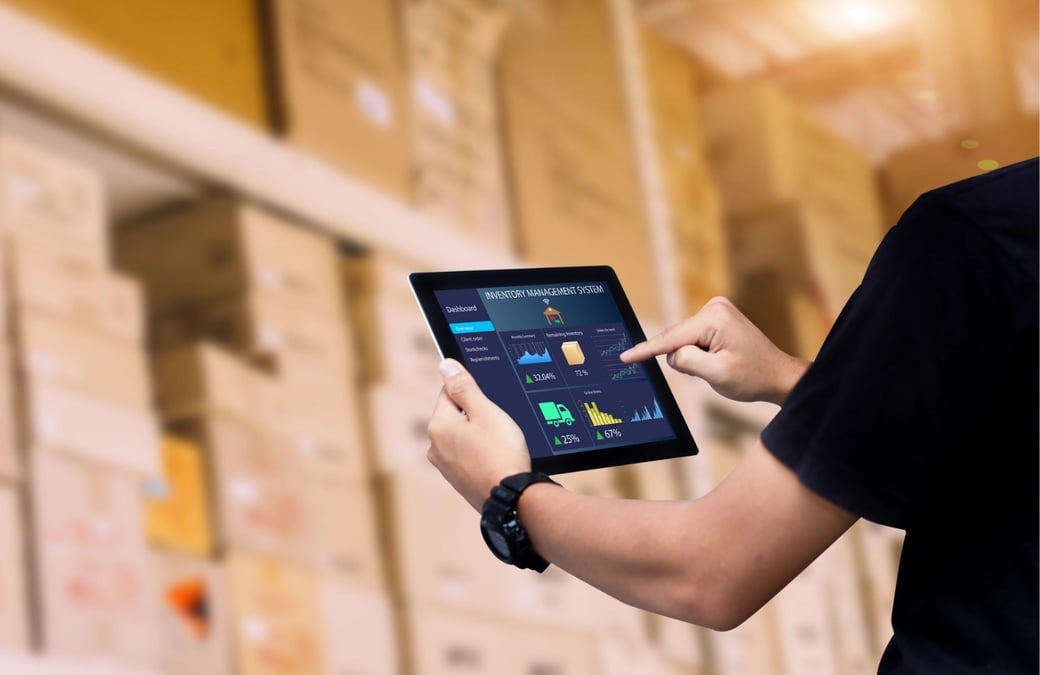In today’s interconnected world of business, having a solid communication strategy with suppliers is incredibly important. When companies struggle with scattered communication, it brings about inefficiencies and higher expenses.
A survey conducted in 2023 found that almost three-quarters of suppliers and distributors feel confident in their communication methods. This confidence has resulted in fewer mistakes with orders and better customer retention. This statistic highlights how crucial effective communication is for nurturing supplier relationships and achieving overall business success.
In this article, we will delve into six essential strategies that companies can implement to improve their interactions with suppliers, promoting smoother workflows and stronger collaboration.
Simplify Supplier Onboarding
A smooth supplier onboarding process is crucial for building a strong partnership. One practical approach is to use a supplier portal. This tool acts as a central hub for all supplier interactions, making it much simpler to set up initially and keep communication smooth over time.
It lets suppliers quickly find the documents they need, submit necessary information, and connect directly with their points of contact in the company. Simplifying the onboarding process helps companies accelerate processes, allowing suppliers to start making valuable contributions to projects sooner.
Establish Clear Communication Channels
Clearly outline the pathways for communication flow. By assigning specific methods—like using emails for formal messages, instant messaging for quick queries, and a web portal for document sharing—companies ensure that information reaches the correct recipients in suitable formats.
Consistently using these communication methods prevents information gaps and misunderstandings, thereby enhancing operational efficiency. Additionally, setting protocols for emergency communications can enhance responsiveness in critical situations. This strategic clarity not only improves operational efficiency but also strengthens the trust and reliability perceived by the suppliers.
Implement Regular Updates and Check-Ins
Ensure frequent updates are integrated into the communication strategy to minimize misunderstandings and maintain alignment among all involved parties. Companies can improve by scheduling regular meetings or digital check-ins with suppliers to discuss project progress, resolve issues promptly, and collect feedback. These consistent interactions foster a proactive approach to managing relationships and projects, ensuring that both sides can address potential issues promptly.
Encouraging an open dialogue during these sessions can lead to innovations and improvements in service delivery. Moreover, these regular touchpoints can also serve as a platform for recognizing supplier achievements, further motivating them to maintain high performance.
Create Comprehensive Documentation
Thorough and understandable documentation is crucial for effective communication. Companies should aim to keep their documents well-structured and current, easily accessible to all relevant parties. Using document management systems or collaborative platforms ensures that every stakeholder can access the latest project information, guidelines, and specifications.
This transparency reduces mistakes and interruptions, leading to a more efficient workflow. Regular audits of the documentation practices can help identify any gaps in information distribution. Furthermore, implementing feedback mechanisms allows suppliers to request clarifications, ensuring all parties fully understand the documents.
Leverage Technology for Efficiency
Today’s advanced tools like enterprise resource planning (ERP) systems and AI-powered analytics can significantly improve how teams communicate. These innovations offer instant updates and make sharing data between departments and suppliers seamless. When these tools are combined, businesses can simplify operations, cut down on duplication, and guarantee that everyone has the latest information for making well-informed choices.
Mobile tech integration further allows quick access to data anywhere, boosting responsiveness and speeding up decision-making. Plus, predictive analytics can forecast supply demands and pinpoint communication hurdles before they cause issues.
Train Teams for Effective Communication
It is crucial to train both internal teams and suppliers in effective communication techniques. This can be done by organizing workshops or online training sessions. These sessions should concentrate on improving communication skills and getting everyone comfortable with the tools and platforms used in our communication strategy. This training ensures that everyone knows how to communicate clearly and efficiently, which improves collaboration and project success.
Role-playing exercises are also important. These simulations enable teams to hone their communication strategies through practice. Ongoing learning opportunities in communication can adjust to changing business needs and technologies, ensuring everyone stays engaged and well-informed.
Final Thoughts
For any business working with external vendors and partners, having a solid supplier communication strategy is key. This involves making it easy for suppliers to get started, setting up clear ways to communicate, providing regular updates, keeping documentation accessible, using technology wisely, and training teams in effective communication. These steps help build strong, productive relationships with suppliers.
As markets change and technology progresses, regularly reviewing and enhancing communication practices is vital to staying competitive and achieving lasting success.
Keep an eye for more latest news & updates on Internal Insider!










